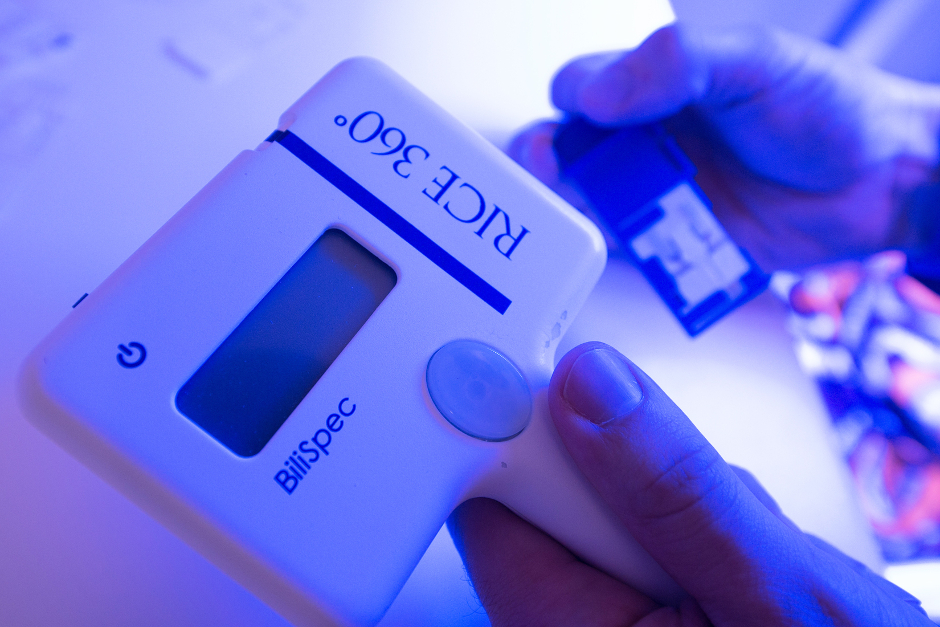
NEST360°, an international team of scientists, doctors and global health experts, is a Rice initiative preparing for the competition on December 11. The money would allow the team to carry out its plan to halve the number of newborn deaths in African hospitals within 10 years.
“As the clinical study of BiliSpec shows, saving newborn lives in sub-Saharan Africa is achievable,” said NEST360°’s Rebecca Richards-Kortum, a Rice bioengineering professor and study co-author. “It simply requires the right tools in the right hands at the right time.”
The clinical study, which is based on tests in February and March on 68 patients at Queen Elizabeth Central Hospital in Blantyre, Malawi, will appear in the Early Edition of the Proceedings of the National Academy of Sciences.
According to the Texan university, BiliSpec is a low-cost, battery-powered reader designed to diagnose jaundice by immediately quantifying serum bilirubin levels from a small drop of whole blood applied to an inexpensive, disposable lateral flow strip.
A clinician will spot a drop of whole blood from a heel prick onto the strip and the battery powered reader displays a digital report of the bilirubin concentration by measuring the light transmitted through the serum on the detection strip.
Jaundice, which is caused by the build-up of bilirubin in the bloodstream, affects about 60 per cent of newborns and can cause severe, untreatable brain damage or death if it is untreated. Standard jaundice tests require multiple expensive disposables and laboratory equipment like centrifuges or spectrophotometers that African hospitals typically cannot afford.
Babies in sub-Saharan Africa are about 100 times more likely to die of jaundice than babies in the US, partly because doctors diagnosing jaundice in sub-Saharan Africa have little to go on other than what their eyes tell them.
“Clinicians in sub-Saharan Africa typically diagnose jaundice by looking at a child and gauging the colour of their skin or the whites of their eyes,” said study co-author Pelham Keahey, a Rice applied physics graduate student who worked alongside clinicians at Queen Elizabeth Central Hospital to gather data for the study.
The study showed that BiliSpec has comparable accuracy to the more expensive laboratory tests found in high-resource settings. Each BiliSpec test costs about 5 cents and can be performed in about two minutes right at the patient’s bedside. The price is important because it could bring testing for jaundice within reach for cash-strapped hospitals in sub-Saharan Africa.
“The next step is a larger, two-year follow-up study of efficacy and usability that will be conducted at five hospitals in Malawi,” Keahey said. Rice won funding for the follow-up study in August from Saving Lives at Birth, a joint undertaking by the US Agency for International Development (USAID), the Bill & Melinda Gates Foundation and the governments of Norway, Canada and South Korea.
BiliSpec is one component of a 17-piece neonatal package called NEST (Newborn Essential Solutions and Technologies) that is designed specifically for African hospitals.




Glasgow trial explores AR cues for autonomous road safety
They've ploughed into a few vulnerable road users in the past. Making that less likely will make it spectacularly easy to stop the traffic for...